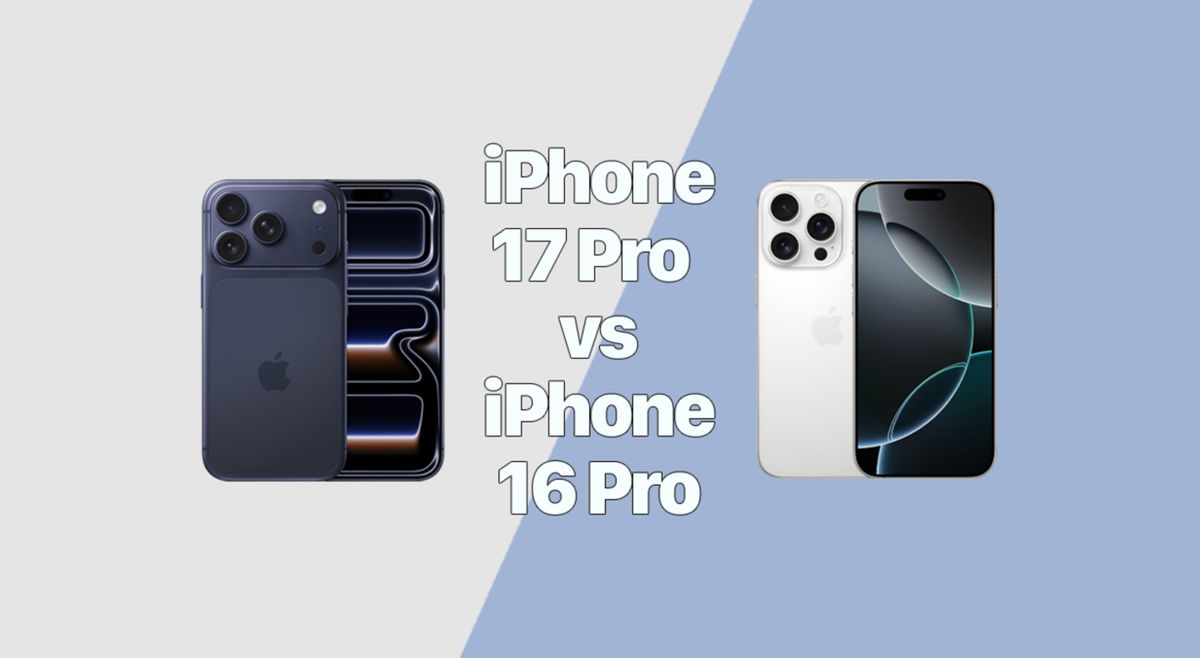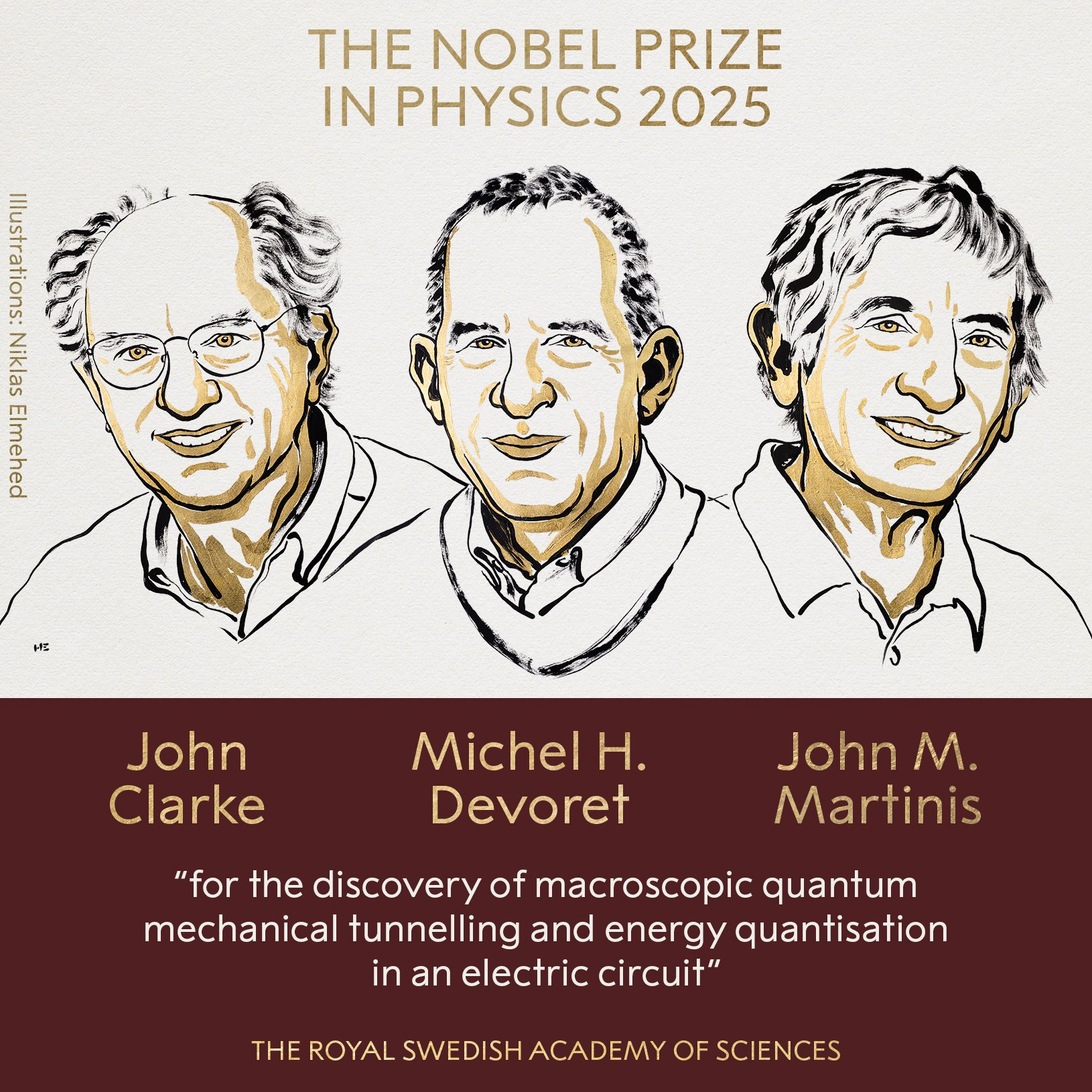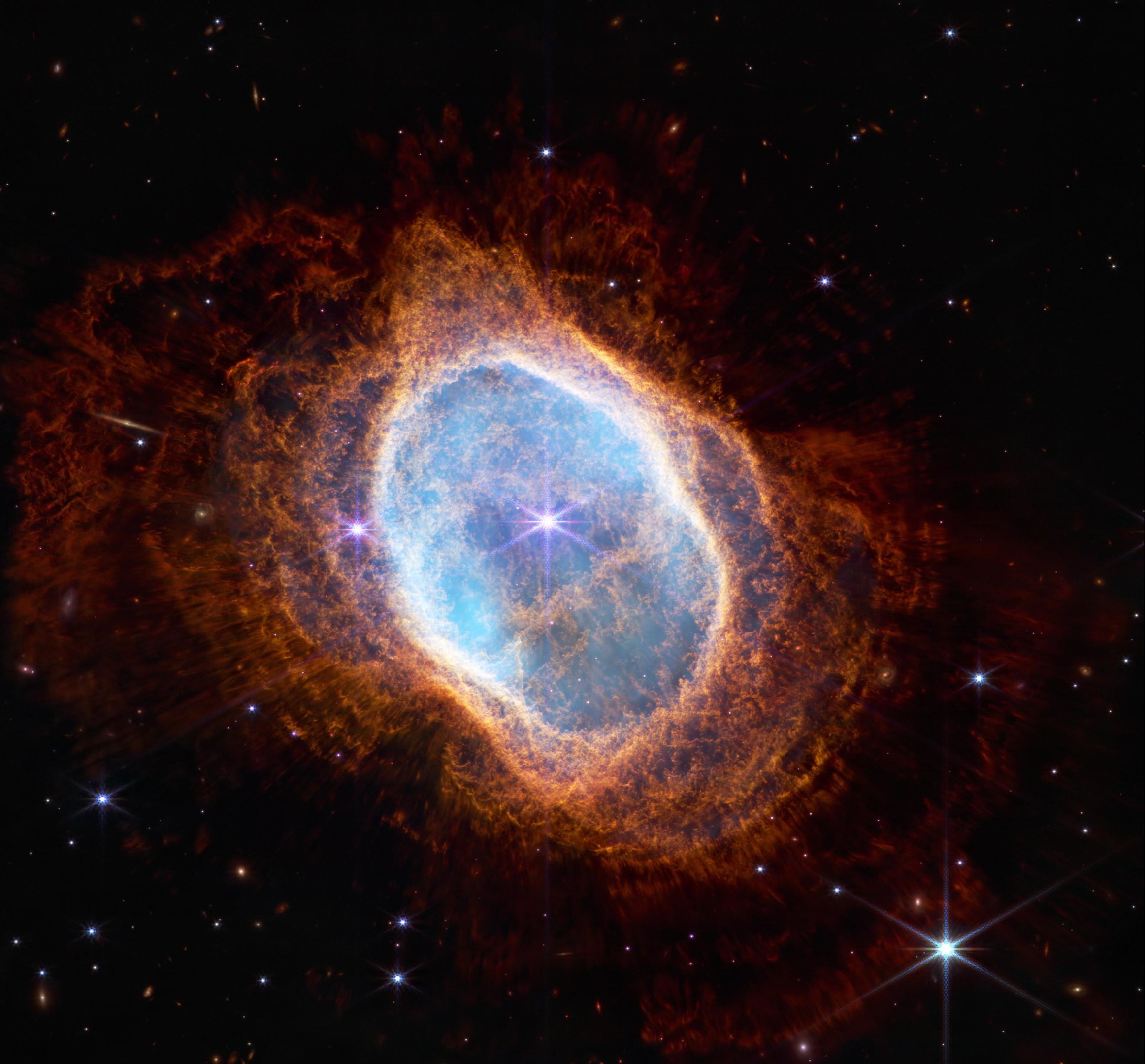HE James Webb Space Telescope (JWST) made its debut this week in style. The release of the first footage earned the right to be broadcast live with the participation of US President Joe Biden.
There were a total of five space objects photographed by Hubble’s successor. Among them nebula south ring, who won not one but two photos. The images show the power of the different cameras in the telescope.
Find out more about this fascinating space object below.
What is the Southern Ring Nebula?
Technically called NGC 3132, south ring a nebula located about 2,000 light-years from us. It was discovered in 1835 by astronomer John Herschel using a reflecting telescope with an aperture of 18.6 inches.
Since then, the object has been extensively studied by researchers on the planet. This nebula consists of two nearby stars. The middle one is also the faintest among them, having a luminosity magnitude of just 10 versus 16 for its younger mate.
But don’t be fooled by its faint glow, the central star is a white dwarf and can reach 100,000 degrees Kelvin, twenty times hotter than our Sun.
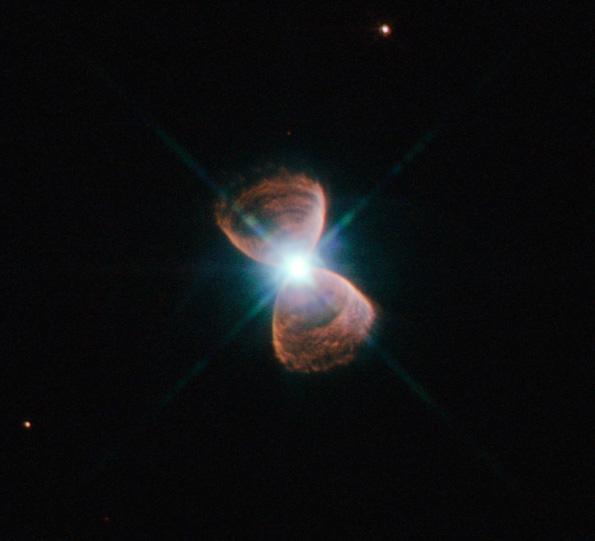
The actual shape of the nebula is like two bowls with a large hole in the middle, leaning against each other at the bottom. The circular image we have is a product of the angle at which we see it.
in photos, south ring practically seen from the front. If a space traveler could get to a point where he could see it from the side, the image he would get would be completely different.
What are nebulae?
Nebulae are interstellar clouds composed of dust and gas. They can be associated with various events, from the death of stars to the emergence of new solar systems.
One of the most common types is planetary nebulae. south ring. Despite the title, they have nothing to do with planets. In fact, these clouds are caused by the death of red giant type stars.
When red giants reach a certain lifespan—about ten billion years—they shed all their outer layers, leaving only their hot, radioactive core. It then becomes a white dwarf.
What was shown by James Webb?
Two photos taken by the James Webb telescope were taken using different equipment: the Near Infrared Camera (NIRCam) and the Medium Infrared Instrument (MIRI).
Both devices have the same function: they capture infrared images of space, with the difference that they detect different wavelengths. This allows you to change the focus of each image.
in the case of south ringThe NIRCam image (left) shows in detail the brightest stars and different layers of gas emanating from the nebula. More than just a space object, this photo tells a story.
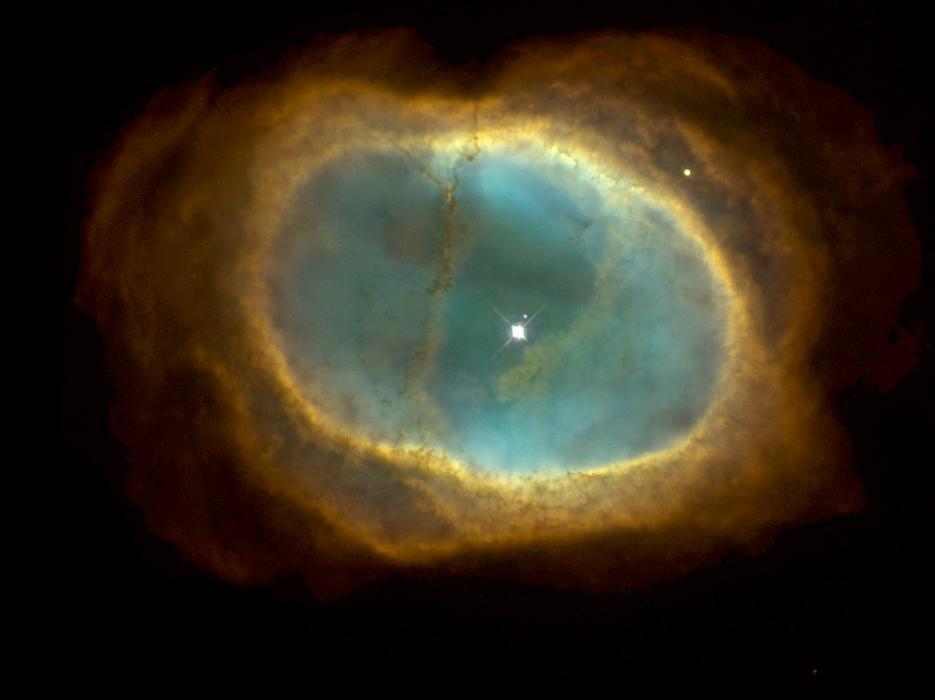 STScI/AURA/NASA
STScI/AURA/NASA
nebula south ring Photographed by the Hubble telescope in 1998 (Source: STScI/AURA/NASA)
All of this gas was destroyed by the faint star. As they lose material, they also orbit the pair, and each time they spin around each other, together they create these asymmetrical patterns that can be seen in pictures.
So each layer shown in the photo represents a section where the dying star has lost most of its mass. The further away it is, the older the material. And it gradually changes the landscape around it.
All these gases are long-lived and can travel long distances in space. Thousands of years later, all that gas will disperse into space, forming interstellar space and even being incorporated by new stars and planets.
The MIRI image on the right shows the same story on a different wavelength. But the most impressive part was that it was possible to see the white dwarf clearly and for the first time, the amount of dust surrounding it was shown.
It is also possible to see the power of the young star. It is still in an early stage of its life, but will likely still release new materials in the distant future that will form its own nebula and serve for the chemical enrichment of the cosmos.
Source: Tec Mundo
I am Bret Jackson, a professional journalist and author for Gadget Onus, where I specialize in writing about the gaming industry. With over 6 years of experience in my field, I have built up an extensive portfolio that ranges from reviews to interviews with top figures within the industry. My work has been featured on various news sites, providing readers with insightful analysis regarding the current state of gaming culture.


